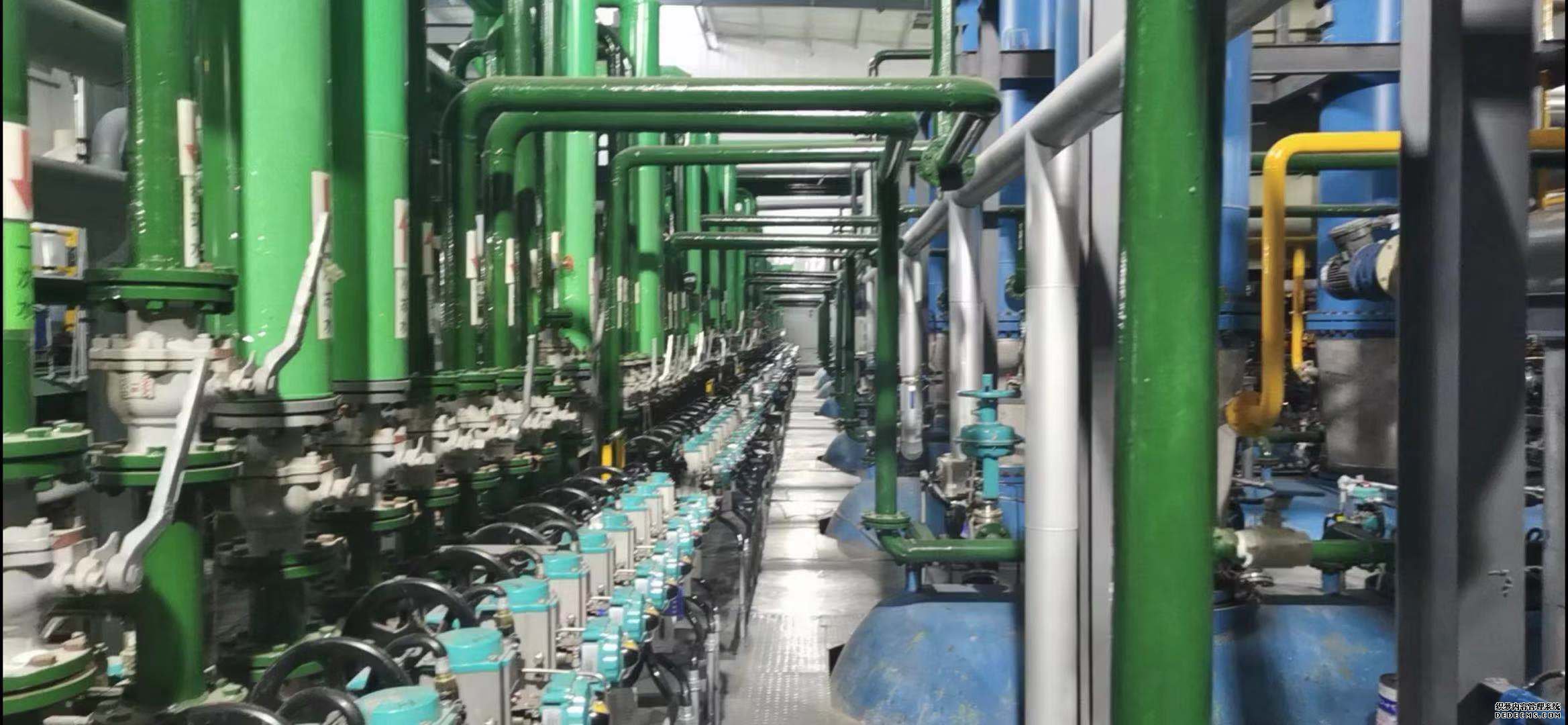what is the cellulose ether manufacturing process
The manufacturing process of cellulose ether involves several steps to modify natural cellulose through chemical reactions, resulting in the desired properties for various applications. One common type of cellulose ether is Hydroxypropyl Methylcellulose (HPMC). Here is an overview of the typical manufacturing process:
-
Cellulose Source: The process begins with sourcing cellulose, which is a natural polymer found in plant cell walls. Common sources include wood, cotton, and other plant fibers.
-
Alkali Treatment: The cellulose is treated with an alkali solution (usually sodium hydroxide) to remove impurities and increase its reactivity.
-
Etherification: Etherification involves introducing specific chemical groups to the cellulose molecule. In the case of HPMC, two common groups are added: hydroxypropyl and methyl. This step enhances the water solubility, viscosity, and other properties of the cellulose.
-
Recovery and Purification: After the etherification reaction, the modified cellulose is neutralized to stop the reaction and then washed to remove any remaining chemicals or by-products.
-
Drying: The purified cellulose ether is dried to remove excess moisture, resulting in a fine powder.
-
Grading and Packaging: The dried cellulose ether powder is often graded based on particle size to meet specific application requirements. It is then packaged for distribution.
-
Quality Control: Throughout the manufacturing process, rigorous quality control measures are implemented to ensure the consistency and performance of the cellulose ether product. This includes testing for viscosity, moisture content, particle size distribution, and other relevant parameters.
The specific details of the manufacturing process can vary based on the desired properties of the cellulose ether and the manufacturer's proprietary methods. Additionally, different types of cellulose ethers may undergo variations in the manufacturing process to achieve specific characteristics for their intended applications.
It's important to note that cellulose ethers, including HPMC, are produced by several manufacturers using proprietary methods, so the exact processes and techniques can differ between companies.

Main Category
Popular Articles
- Hydroxypropyl methyl cellulose(HPMC)
- HPMC Cellulose Ether for Construction Industry
- HPMC also known as Hydroxypropyl Methylcellulose
- top hpmc cellulose ether factory in china
- Which properties of mortar can be improved by redispersible latex powder
- HPMC for gypsum plaster
- what is Redispersible emulsion powder?
- The difference between hydroxypropyl methyl cellulose and hydroxyethyl cellulose
Tags
Contact Us
Address:Chemical Industrial Development Zone Jinzhou Hebei,China.
Email:sales@hpmccelluloseether.com
Site: www.hpmccelluloseether.com
Phone:




 Whatsapp
Whatsapp